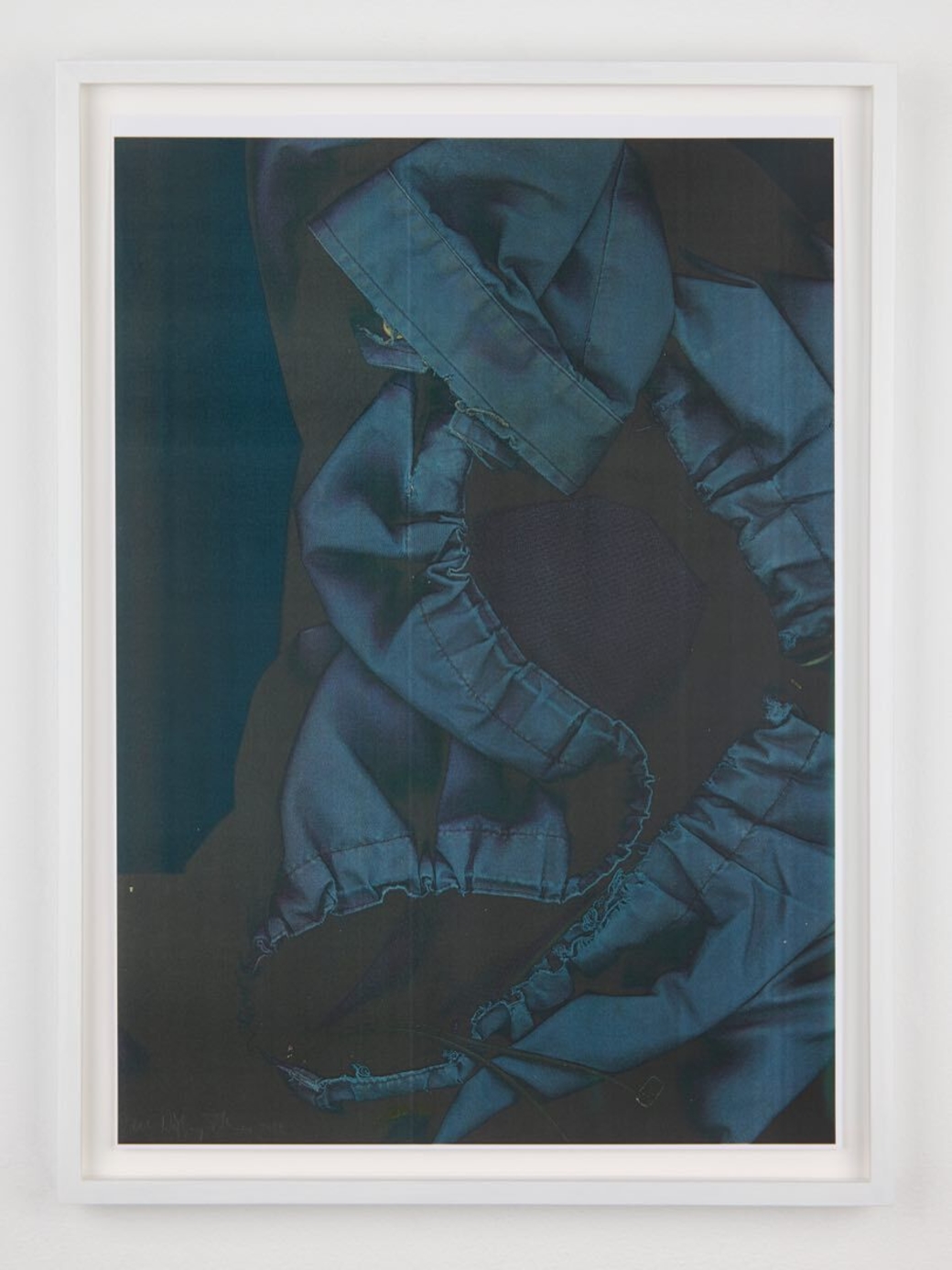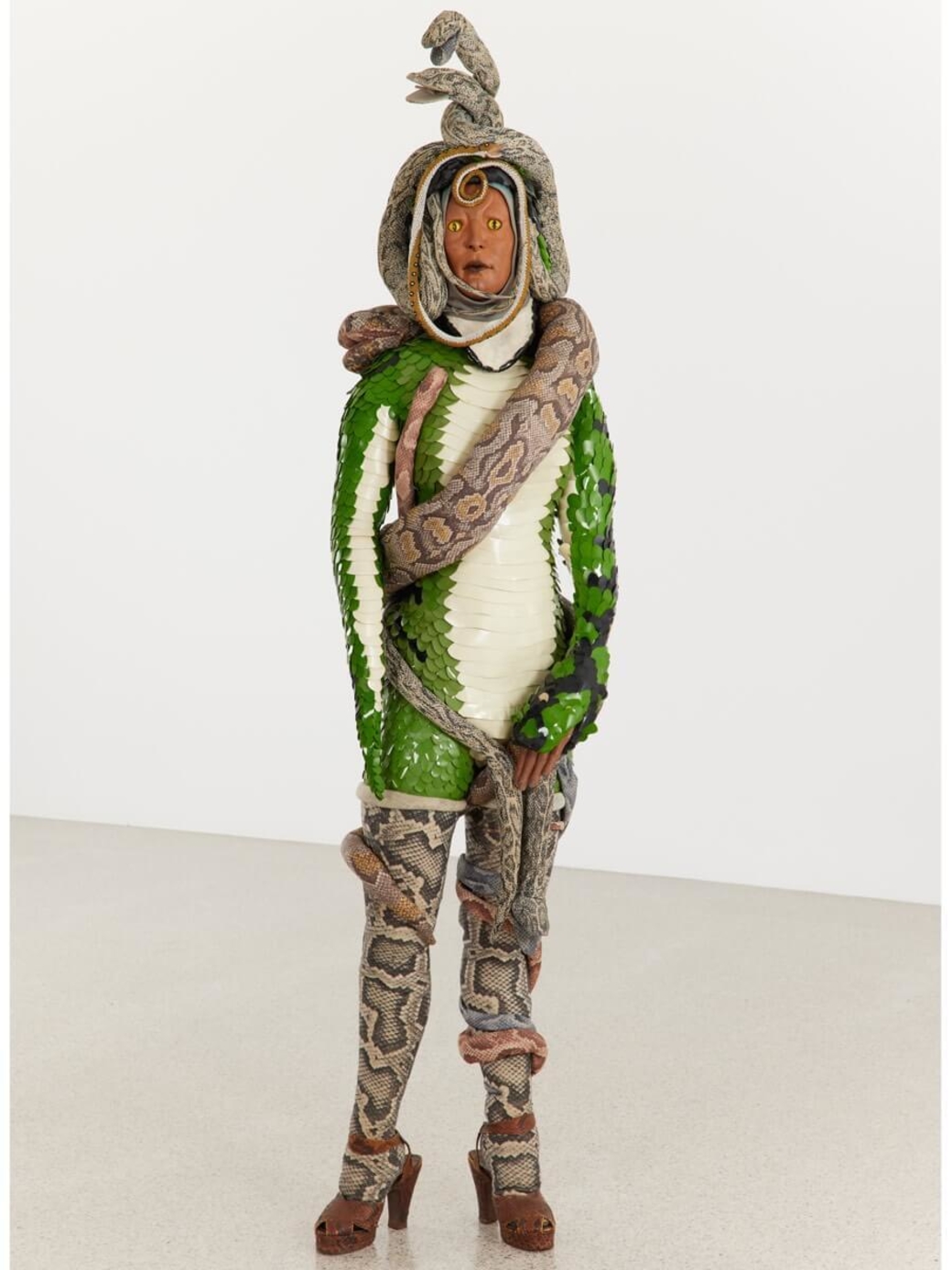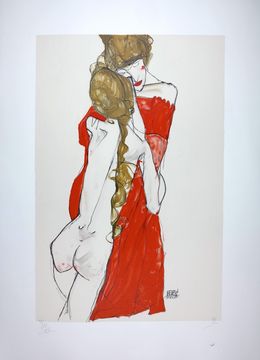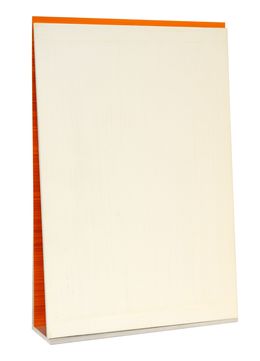
Meet Karola Kraus
Director of the Museum of Modern Art Ludwig Foundation in Vienna

Karola Kraus, (c) mumok/Niko Havranek, 2019
Just like Artsper, the aim of the Vienna Museum of Modern Art (MUMOK for short) is to break down barriers within the art market. The MUMOK, located in Vienna's 7th district since 2001, is a meeting place where artists and art enthusiasts engage with art and all its contrasts, from aesthetic experience to emotional engagement. We asked Karola Kraus, director of the museum, about her predestined career in the art world, her personal inspirations and what makes the basalt lava museum in the middle of Vienna so unique.
1. Your first step into the art world started early with your family's art collection, the Grässlin Collection (one of the most prominent contemporary art collections of the German Informel movement), as well as your close contact with Martin Kippenberger. Could you tell us more about your career path and how you came to your current position?
When my parents started collecting works by German Informel artists, our house in the small industrial town of St. Georgen in the Black Forest became a meeting place for artists and friends of our family who were interested in art. There were heated discussions about art that shaped my life and that of my siblings. An encounter with Martin Kippenberger in 1980 was particularly important for me, as he introduced me to contemporary art. It was the trigger for the decision to turn my passion into a profession. During my studies I was already intensively involved with contemporary art, visited many exhibitions in galleries and museums and spent a lot of time in the canteen of the Academy in Munich, where I was in close exchange with artists. After completing my studies in art history, I worked in Berlin as a project assistant for the major exhibition "Metropolis", where I supervised the projects of 25 international artists and was also responsible for coordinating the entire set-up of the Martin Gropius-Bau. With this job, I got to know the tasks of a curator with all its facets and prepared for my future career. After that I ran the non-commercial art space Daxer in Munich, where I presented international artistic positions of the 1980s and '90s with a focus on conceptual and contextual installations. From 1995 on, as a personal collaborator of Katharina Sieverding, I organized, among other things, her contribution to the German Pavilion at the 47th Venice Biennale and several solo exhibitions in major international museums. Four years later, I took over as director of the Kunstverein Braunschweig. In the main building Salve Hospes I put international tendencies of the 1980s and 90s in dialogue with those of the 1960s and 70s. In the adjoining studio gallery, I provided a forum for creative debate for young, experimental art. It fills me with pride that the first institutional solo exhibitions at Kunstverein Braunschweig were a springboard to an international career for many artists. From 2006 to 2010, I was director of the Staatliche Kunsthalle Baden-Baden, where I organized not only solo presentations and thematic group exhibitions on a regular basis, but also larger survey shows on questions of the social development of art. Since 2010 I have been the director of the MUMOK - Museum moderner Kunst Stiftung Ludwig Wien. Step by step, I developed from a one-woman operation to the leadership of the largest museum for modern and contemporary art in Central Europe.
2. MUMOK impresses with its extraordinary architecture and its high-quality collection of works of classical modern art, Viennese Actionism, the Ludwig Collection and, among many others, contemporary art. On a personal note, is the apparent appearance of a work of art or the story behind it more important to you? And do you think it is beauty or shock that creates a change of consciousness in the viewer?
It is important for me to protect artists whose works significantly change approaches and thinking about art and who are later received as a contemporary phenomenon by other artists.
3. One of Artsper's goals is to democratize the art market for all players. Many clients using Artsper are not established collectors, but new buyers who are just starting their collection. What advice would you give newcomers for their first art purchase?
For people who want to start collecting, my advice is to look at as many exhibitions as possible, and also to check out the regular academy tours. Many art institutions offer exciting programs for their groups of friends. With our MUMOK Contemporaries, for example, we visit exhibitions, art fairs, private collections or artists' studios and thus introduce interested people to contemporary art. One way to buy relatively inexpensive artworks by emerging young as well as established artists is through editions. The MUMOK regularly publishes editions by artists who exhibit at the MUMOK. I would particularly like to recommend the edition by Wolfgang Tillmans, which he realized for us as part of his exhibition at the MUMOK and which is currently on display in his major retrospective at the MoMA in New York.


Left: Wolfgang Tillmans, Around Ten Years Around Me, 2022 / Right: Kiki Kogelnik, War Baby, 1972
4. You curated this year's Austrian pavilion at the Venice Biennale Arte with Jakob Lena Knebl and Ashley Hans Scheirl. We'd like to know how you "curate" art in your private environment. What do you pay attention to?
I surround myself in my home with paintings, sculptures, photographs, or drawings from my own collection, as well as artworks that often invite not only contemplative viewing but also active use. Thus my wardrobe, my dining table, my sofa or my lamps are designed by artists.
5. On Artsper, as in the Grässlin collection, you will find artists such as Baselitz, Imi Knoebel and Manuel Ocampo. Can you tell us a favorite work from your collection and the MUMOK?
There's a "Kinderstern" (children's star) by Imi Knoebel hanging in my house. Knoebel has been publishing children's stars in an unlimited edition since 1988. One hundred percent of the proceeds go to projects for children in need. I like the idea that you buy a beautiful object and support a humanitarian initiative at the same time. At the moment, I look forward every morning to gazing at the large plush spider La Vedova Blu (The Blue Widow) by Pino Pascali on the entrance level of the MUMOK, which is the prelude to our anniversary exhibition "The Animal Within - Creatures in (and Outside) the MUMOK Collection." It makes us curious and unsettles us at the same time, because the gigantic blue spider is an alienated, unreal, absurd and fairytale-like image. It fills me with pride that in recent years my team and I have been able to expand our very male-dominated collections of the 1960s and 70s with artworks by female artists. Currently on view are Snake Lady (1969-71), a contemporary Medusa by Jann Haworth, Kiki Kogelnik's War Baby (1972), and works by Helen Chadwick and Erica Rutherford, among others.


Left: Jann Haworth, Snake Lady, 1969-1971 / Right: Imi Knoebel, Kinderstern, since 1988
6. Through your international work as a museum director and curator, you have experienced a wide variety of institutions. What makes the MUMOK in Vienna so special for you? And what challenges do you encounter there in your daily work as director?
The MUMOK is an extremely lively museum. We are in constant dialogue with a broad public, but also with a decidedly specialized audience; We provide our visitors with a mixture of collection and special exhibitions, but also with young, groundbreaking Austrian and international artists, thematic exhibitions (dating since modernism), as well as with our extensive outreach program for audiences of different ages and social backgrounds.
Their favorite artworks











